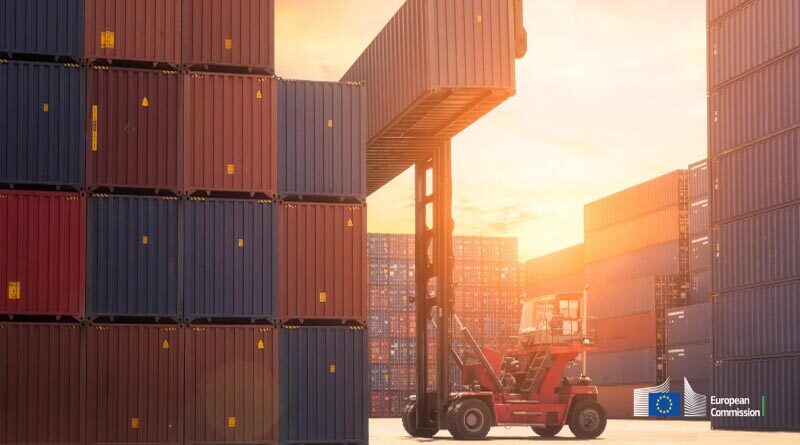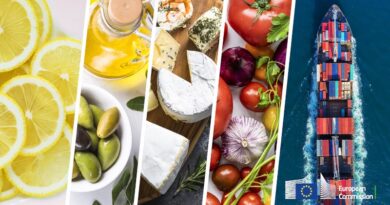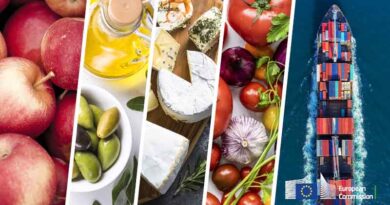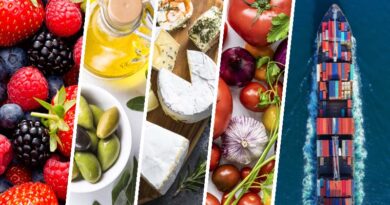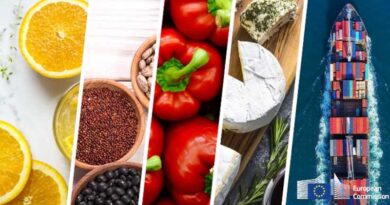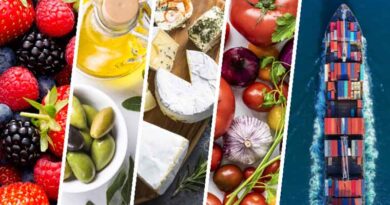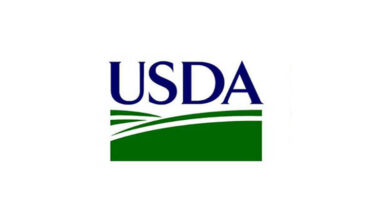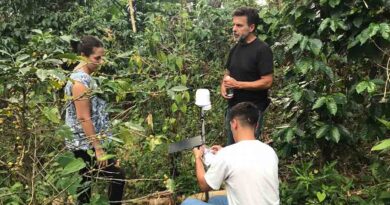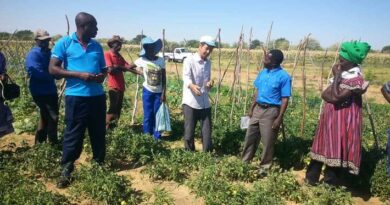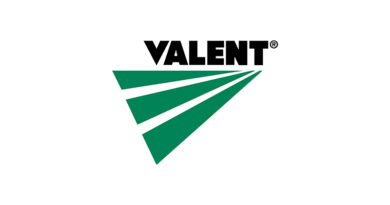EU agri-food imports support supply chains
22 January 2022, Belgium: During the 2005-2018 period, EU agri-food imports became mainly composed of raw and intermediate products, with the share of finished products declining. Their origin also evolved, undergoing a diversification process. The share of imports from European (non-EU) and Southeast Asian countries increased, while those from South America declined in relative terms. Overall, the impact of agri-food imports is mainly complementary to EU production, with limited replacement. These are among the key findings from the “Study on agri-food imports and their role in the EU supply chains” published today by the European Commission.
The study found that, for some products, the reliance of imports suggests potential exposure to some supply chain risks and that value chain actors were affected differently by the increase in agri-food imports. However, a number of policy instruments help to mitigate these risks, including income support under the Common Agricultural Policy or tariff rate quotas under EU trade policy. Business strategies also mitigate those risks, through diversification strategies, upgrading of production standards and branding or value chain restructuring.
The study also concluded that changes in agri-food imports is only one of many contributing factors to structural changes of the EU farming sector, for instance regarding labour outflows and the competitiveness of the EU agri-food sector.
The study provides an analysis of the impact of agri-food imports on EU agricultural production and on other parts of value chain between 2005 and 2018, including the economic, social and environmental implications. It is guided by three themes covering 13 study questions, ranging from an overview of agri-food imports, the typologies of agri-food value chains and of the drivers behind these import trends, to questions assessing their impacts. Finally, it includes some questions on what factors helped or impeded value chain actors to cope or profit from increased import flows.
Also Read: Union Budget 2022-23: Transformation Agriculture through irrigation and win back India’s farmer

